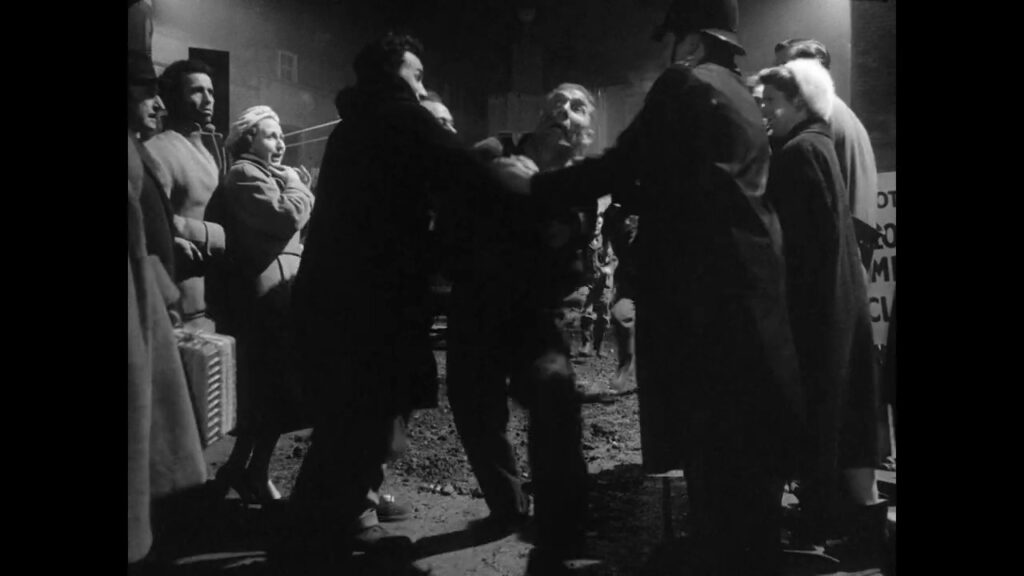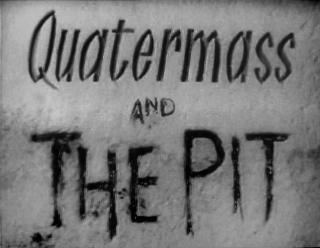Pub-emptying, appointment to view, sci-fi television event of the era with bravura scary effects from Desmond Briscoe
Working from a script which called for “crepitations”1 Workshop Desmond turned in what would be one of the defining effects contributions for the Workshop. Its tortured feedback techniques set somewhat of a template for future horror effects at the Workshop. It was the first science fiction television production the Workshop were involved in. The opening second indicates technology but it soon turns in on itself exposing the mind-bending influences of the alien intelligence inside the capsule. Human-sounding cries, pitched up, seem trapped and endlessly echoing before being replaced by another and then again – a choked-off sob also spiralling in a reversed and reverberating hell.

Amazingly, for fans of unheard Radiophonic projects which must have had a lot of work put into them, not used was a musical score, created by Desmond and Jimmy Burnett and not heard since! We can only imagine what that was like and hope it eventually makes its way out of whatever pit the BBC cast it into.2
Within weeks the programme was spoofed by the Goons, Desmon’s effects included.
Dick Mills’ first task at the Workshop 2 was to cut the sound effects to discs. A straightforward (well, circular) task given his previous work experience. Although QATP was recorded for posterity each episode was a continuous performance, albeit with many filmed inserts, broadcast as it happened in the studio. All the sound effects had to be played in as part of the staging by a talented grams operator. This illustrates again how the Workshop were at the leading edge of technology, having to cut their carefully assembled tape to disc because it had to be cued into a live event. Dick was handed a pile of tapes3 which he had to cut to a staggering 144 discs. 72 were required for the programme4 but duplicates were needed for rehearsals. The soft acetate discs would not be good enough to use again. A lot of these were probably not even used.
It’s also worth noting that in 1967 Hammer Film Productions premiered a feature film version of Quatermass and the Pit. Tristram Carey provided all of the electronic effects for that version, as well as an orchestral score.
https://genome.ch.bbc.co.uk/9580ed97ac4293e7f6ef3072abc480ce
- Which are noises made by the body when it is unwell. Wheezes, crunching joints and the like. ↩︎
- Umm, Perivale. ↩︎
- Unless it was the Plot On The Moon ↩︎
- So legend has it, but the reality is four reels exist in the archive (TRW 1044) of which only three are effects. ↩︎
- 78 RPM 12″ discs I assume. They don’t last long and, for ease of use, these were probably one-sided and arranged with one cure per disc to make everything clear for the grams operator. ↩︎

Leave a Reply